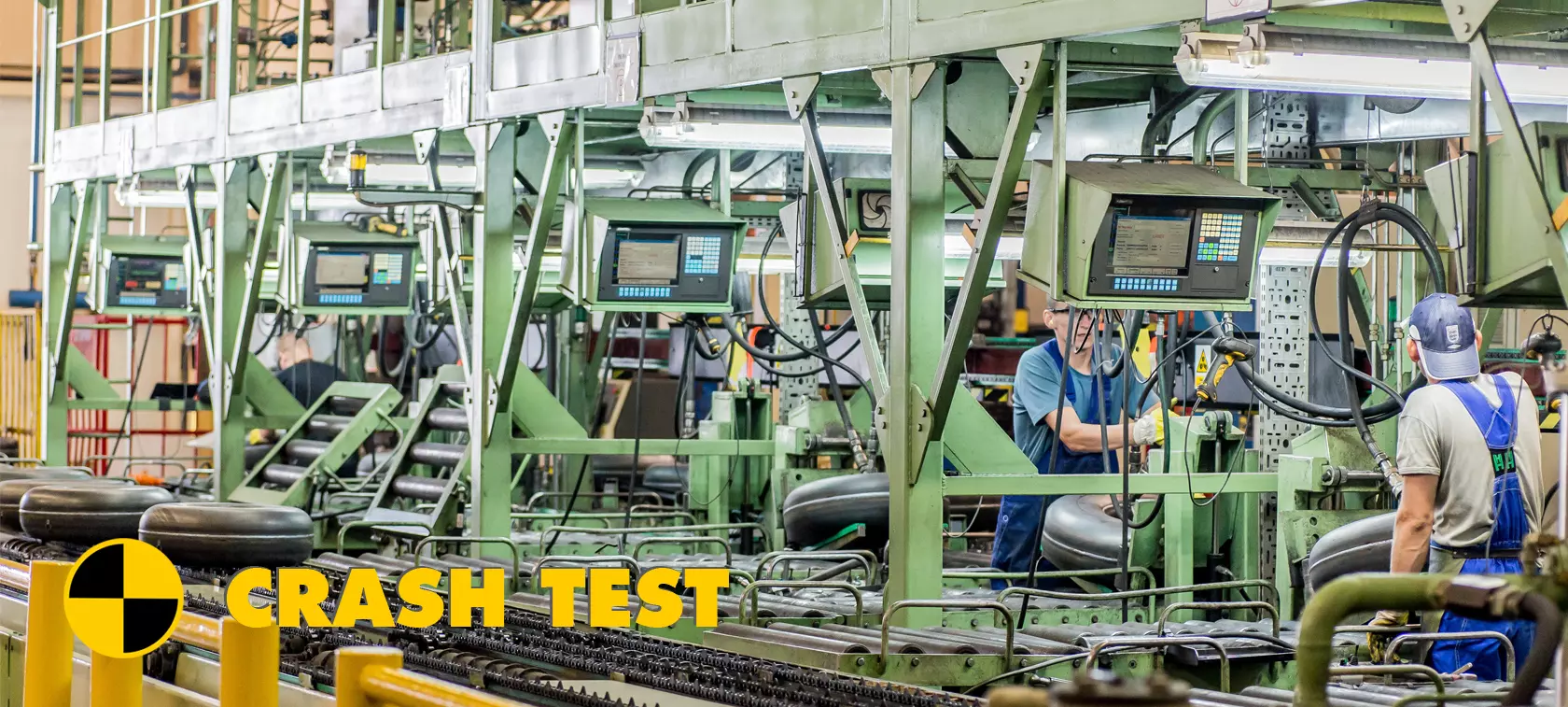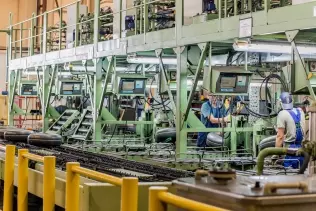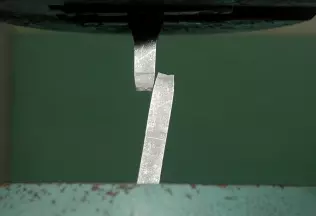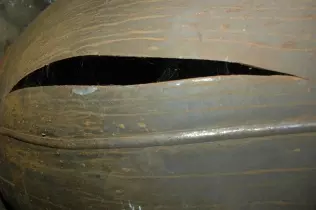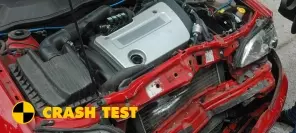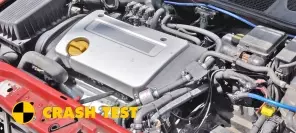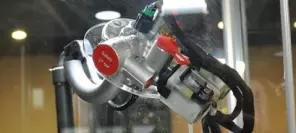- Main page
- Search
- Up to date
- Products
- Technology
- Vehicles
- Video
- Conversion Payback Simulator
Port Injection - Conversion Payback Simulator
Direct Injection - Conversion Payback Simulator
Diesel - Newsletter
Autogas tanks - safety first
 loading results...
loading results...
Requirements
LPG tanks, since they are pressure vessels, are subject to technical inspection. And since they are used for storage of motor fuel in cars, tanks are build in accordance with the 67 R01 EEC UN regulation. Thanks to this LPG tanks are monitored in terms of safety from the very early stages of their existence (design and development), while the mandatory technical inspection guarantees full safety in the course of everyday use.
An LPG tank must ensure safe storage of autogas, whose pressure – depending on ambient temperature – may rise up to 2 MPa. In the process of designing and developing a tank, an even higher figure (3 MPa) is taken into account to leave a broader safety margin.
Materials
Requirements of the 67 regulation are clear about this: autogas tanks have to made of steel compliant with the EN 10120 standard. The standard sets parameters for steel used for pressure vessels. It must be non-alloy steel with low coal content (up to 0,2%). Materials from which tanks are made are easy to work on mechanically, in terms of pressing and welding. This important because these two forms of mechanical processing are most commonly used in the tank manufacturing process.
Build
The most commonly used autogas tanks are toroid-shaped (for fitting in the spare wheel well, in place of the spare wheel) or cylinder-shaped (for fitting inside the baggage compartment). Sometimes tanks with other shapes are offered, especially if they're dedicated for use in specific types or models of cars (e. g. dual cylinders), but they are usually commissioned by car manufacturers for use in factory-converted LPG-powered cars.
Depending on the tank's size, the thickness of its walls may be from approx. 2,5 to 4 mm. The precise figure is calculated based on durability simulations and requirements of the 67 regulation. It's the latter that defines the calculation method for an LPG tank's wall thickness.
Technology
Apart from wall thickness, the 67 regulation defines the way in which parts of the tank are supposed to be assembled and the type of welding seams that can be used. Once welding is complete, seams are controlled with X-ray. Particular attention is devoted to the most crucial seams, i. e. the welding of the fittings plate and the multivalve adapter, as well as the parts through which the tank is attached to the body of the vehicle.
Tests
The material of the tank and the welding seams from a particular number of tanks coming from every production batch are subject to durability tests (tenacity and flexural strength). Material specimens are extracted from places precisely specified in the 67 regulation. They are cut out from the tanks along with pieces of seams and then tested under rigorous procedures.
Bursting
Tanks are also subject to bursting tests with the use of hydraulic pressure. Pressure must grow steadily in a pre-defined way during the test and each pressure change must be registered. The 67 R01 EEC UN regulation sets the minimum pressure for LPG tank burst at 6,75 MPa, but in practice the burst pressure is much higher – typically as high as 12 MPa. Just to remind you, typical working pressure of an autogas tank does not exceed 2 MPa.
Tank burst must be preceded by its volumetric expansion. The rate is between 8 and 20%, depending on tank type and the specifics are clearly defined in the 67 regulation. Notably, when the tank actually bursts, it cannot be fragmented in any way, so that bystanders are not hurt by shrapnels.

